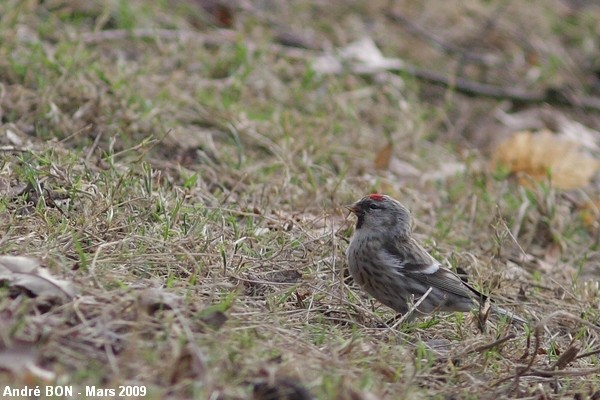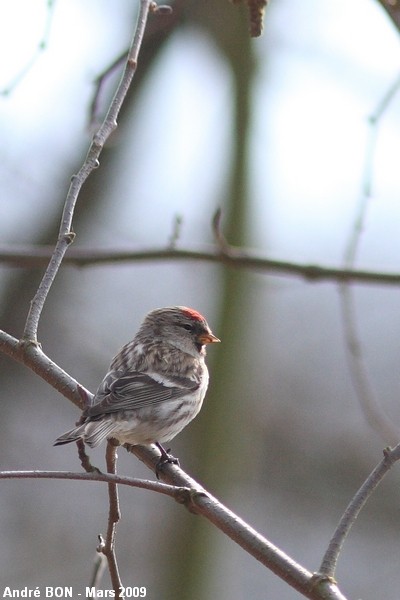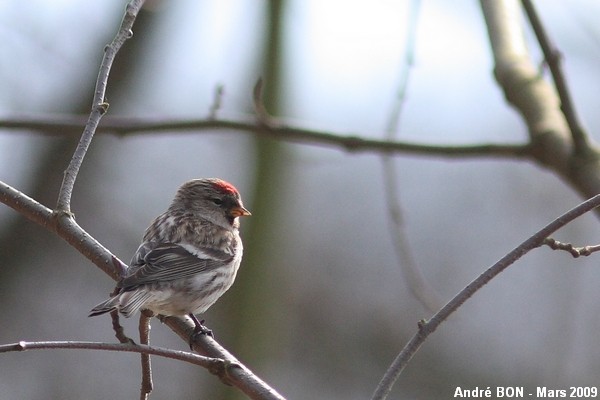


| Common Redpoll (Carduelis flammea (Linnaeus, 1758)) |



|
|
Scientific name: Carduelis flammea (Linnaeus, 1758) Common name: Common Redpoll French name: Sizerin flammé, Sizerin boréal, Linotte boréale. Order: Passeriformes Family: Fringillidae Size: Body size : 12 to 15 cm; Wingspan : 20 to 25 cm; Weight : 12 to 13 g. Habitat: Forests of Birch and Alder in the northern tundra. Pine forests edges and river banks with Birches and Alders. Food: Seeds and buds, mainly on Alders and Birches, insects. Chicks are almost exclusively fed with insects. Nesting: The Common Redpoll nests in small colonies. The nests, made of grasses, moss and small twigs, are located in rather low shrubs. There are two broods (only one in the north), of 4 to 6 chicks per year. Migration: The Common Redpolls from Central Europe are sedentary. The northern Common Redpolls migrate to temperate regions in winter. Geographic area: Northern area of Europe, Asia and America. Central Europe and the British Isles. |
You can tell the Common Redpoll apart with its red cap and its yellow bill. There are red marks on the chest and a black mark under the bill. The plumage is greyish brown on the upper side and pale grey on the underside. The sides of the body and the rear show longitudinal dark patches. The wings are crossed by two pale stripes. Females are more mottled than males and they miss the red marks on the chest. Juveniles are similar to females but they lack the red cap. There are three subspecies: Carduelis flammea flammea which is the northern subspecies, Carduelis flammea cabaret which is smaller and darker an breeds in Great Britain, in the Alps and in Central Europe and Carduelis flammea rostrata breeding in Greenland. |
| [To know more about the Common Redpoll] [Next picture] [Top] |

|
Here is my only observation, at this date, of a Common Redpoll. It is rather easy to tell this small fringillidae apart. This must be a northern bird which has migrated southwards in winter. |
| [To know more about the Common Redpoll] [Next picture] [Previous picture] [Top] |

|
The lack of red marks on the breast and the many dark longitudinal patches may indicate that this one is a female. |
| [To know more about the Common Redpoll] [Previous picture] [Top] |

|
I have observed this Common Redpoll on the banks of a pond where many Alders and Birches grow. |